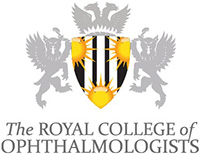Surgical Skills SS4
To assess a patient clinically, in OPD and elsewhere, in particular to:
| TITLE | CATARACT SURGERY |
|---|---|
Code |
SS4 |
Learning Outcome |
|
Assessment |
|
Assessor |
Note: OSATS after initial Target Year of Achievement should reflect an increase in complexity of cases |
Target Year of Achievement |
Year 3 (annual review) / Year 6-7 for full operating list |
Related Learning Outcomes |
|
Overview |
By the end of training the e-portfolio MUST contain an audit of at least 50 consecutive cataract cases where the surgery is performed within three calendar years of the CCT date. This must include information on risk factors (see https://www.nature.com/articles/eye201251/tables/1) and complications (see https://www.nature.com/articles/6703015/tables/7), along with outcome data which must include final visual acuities and should (where available) also include the refractive outcome. |
Resources |
